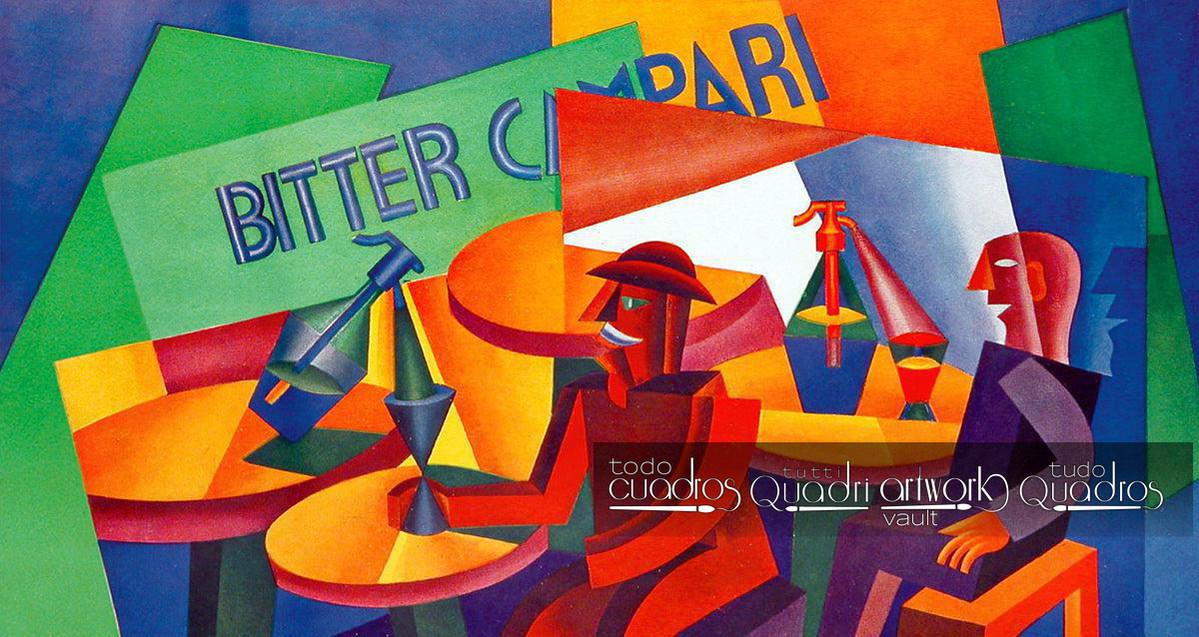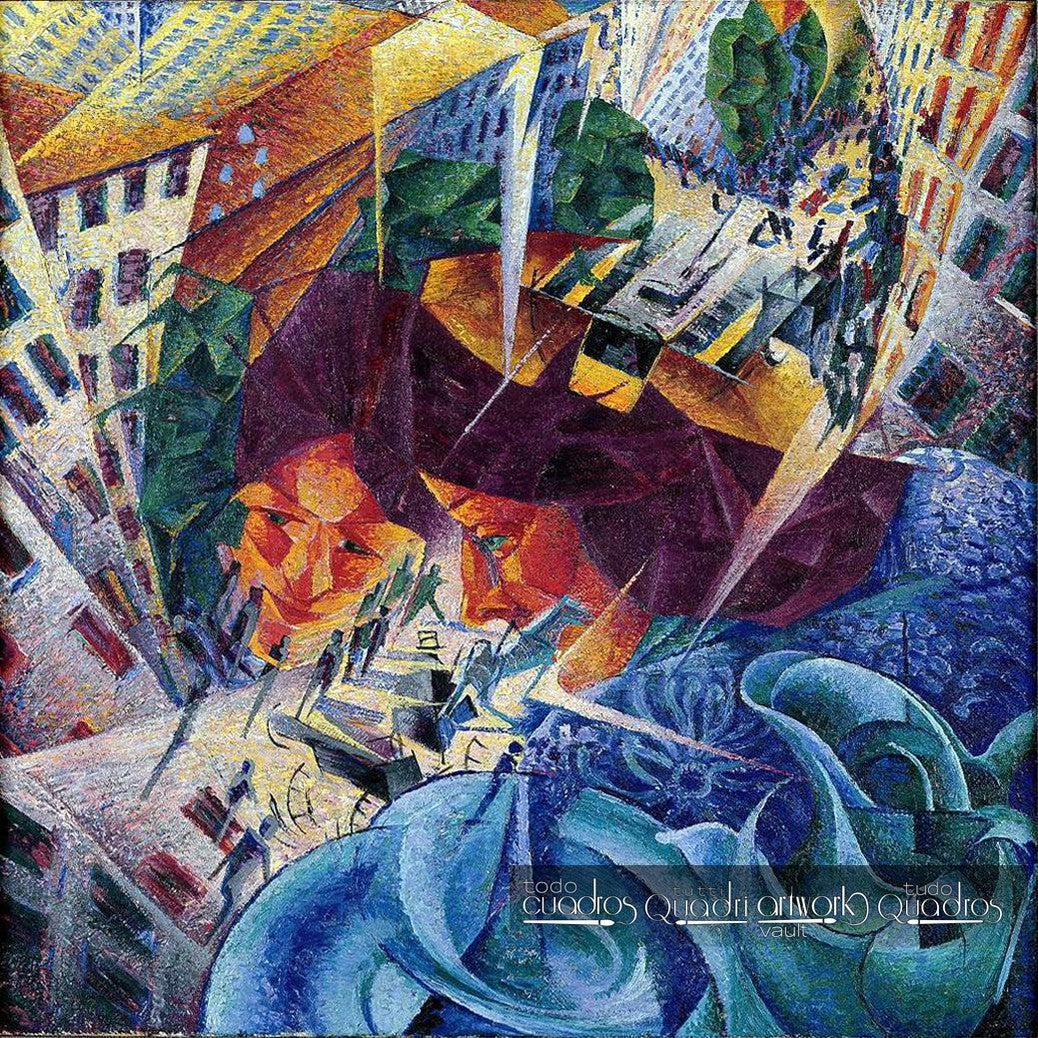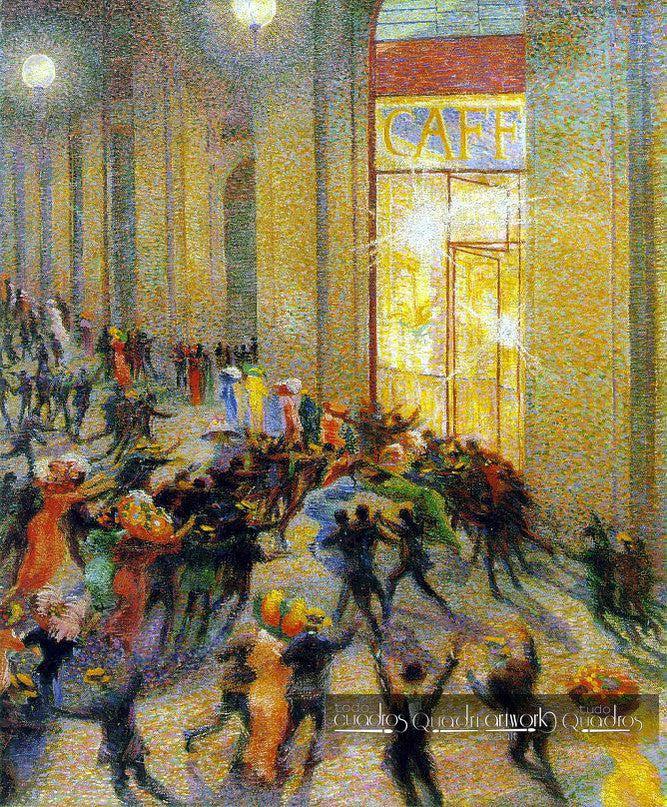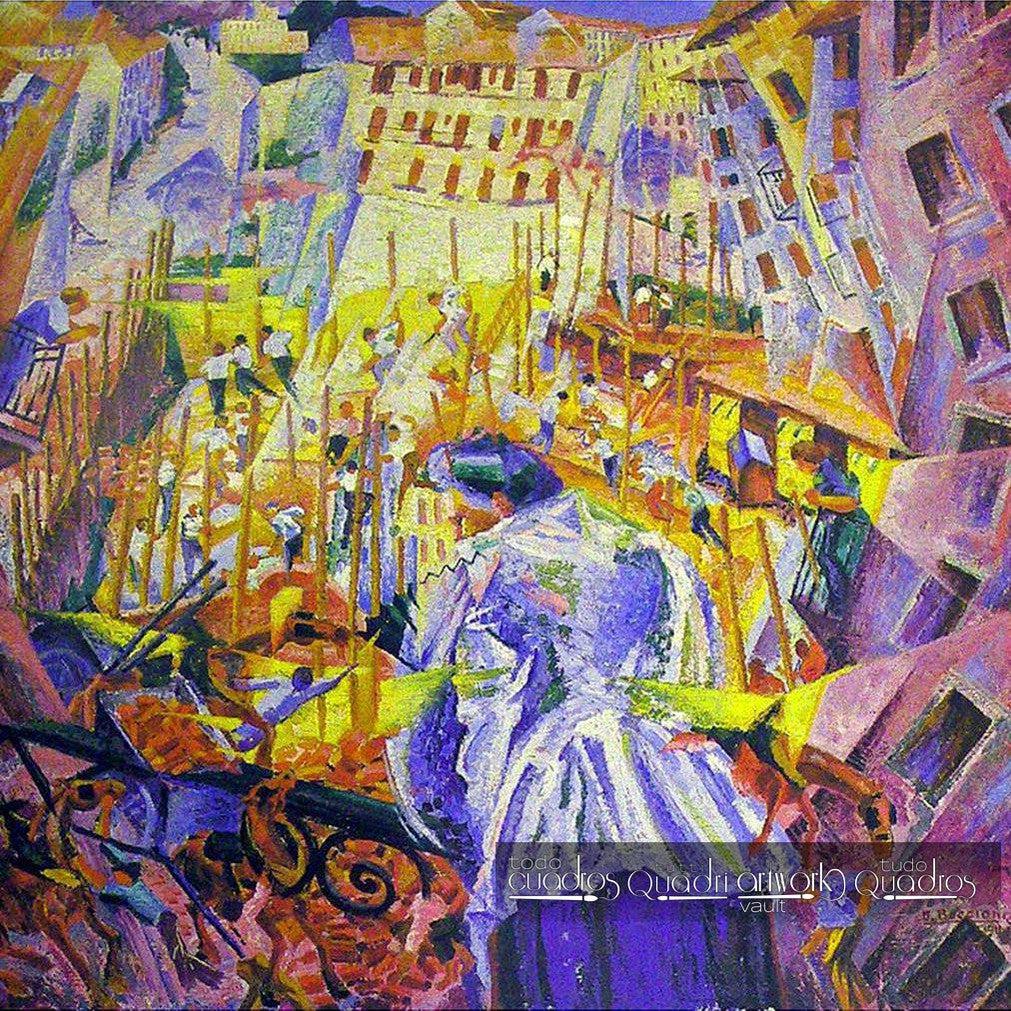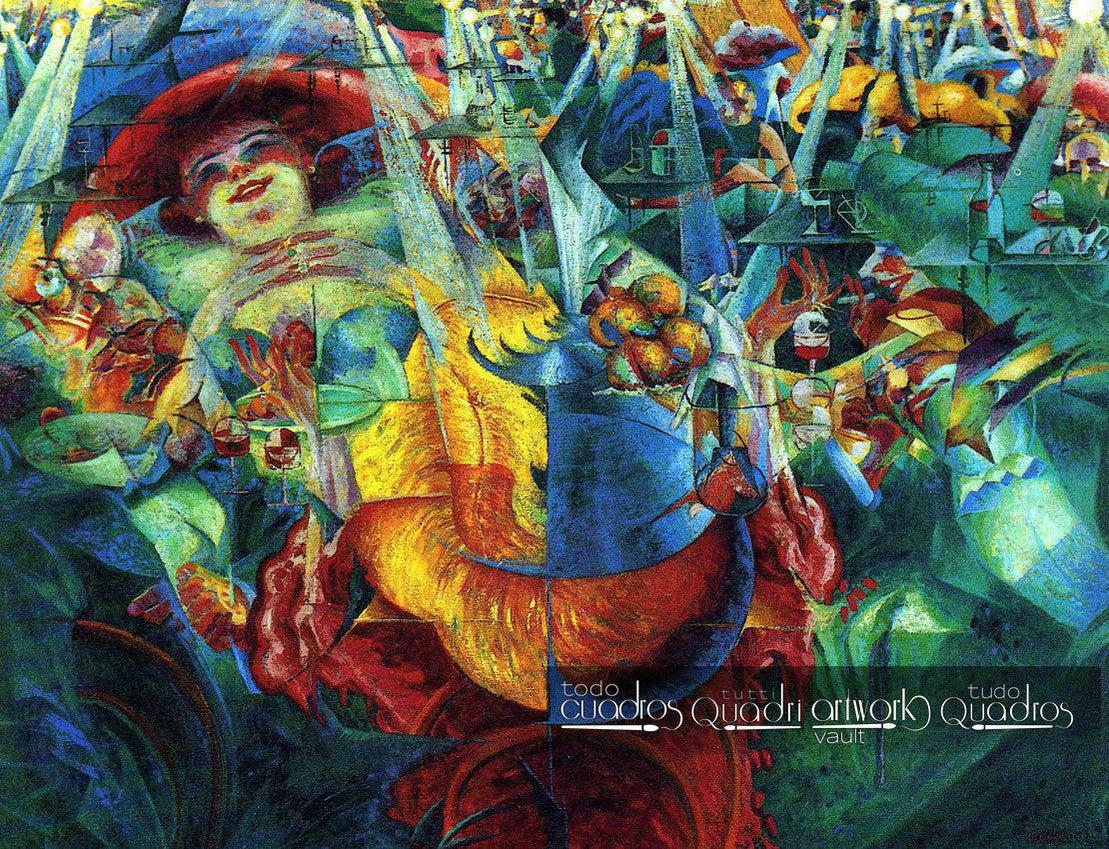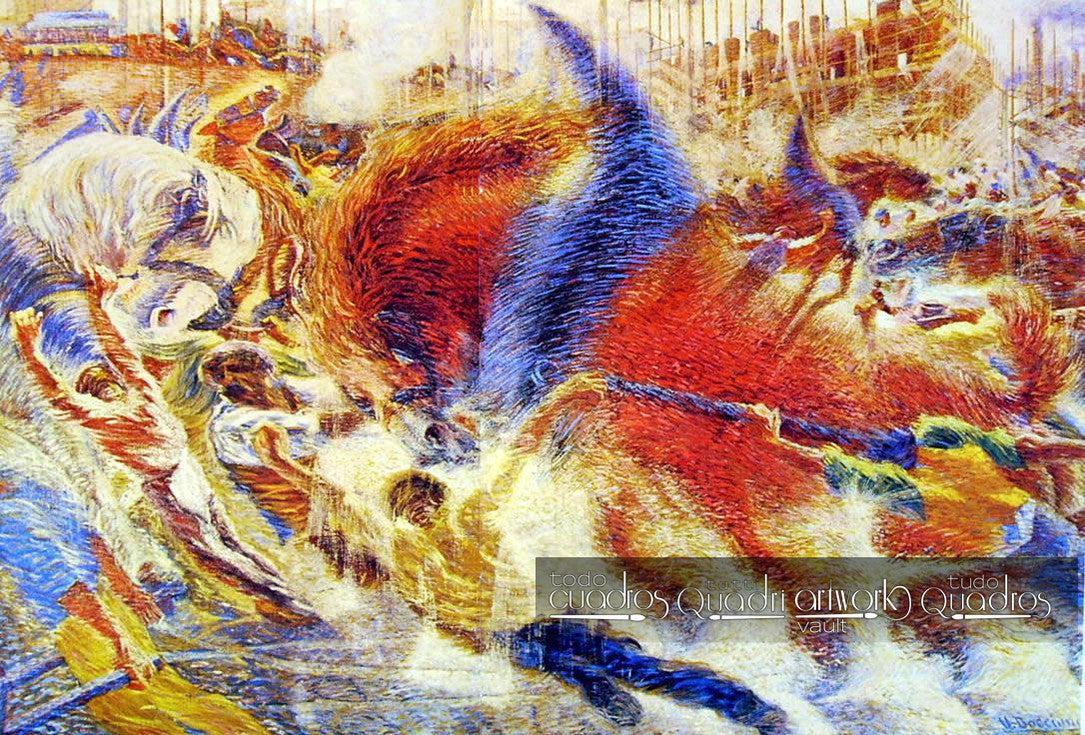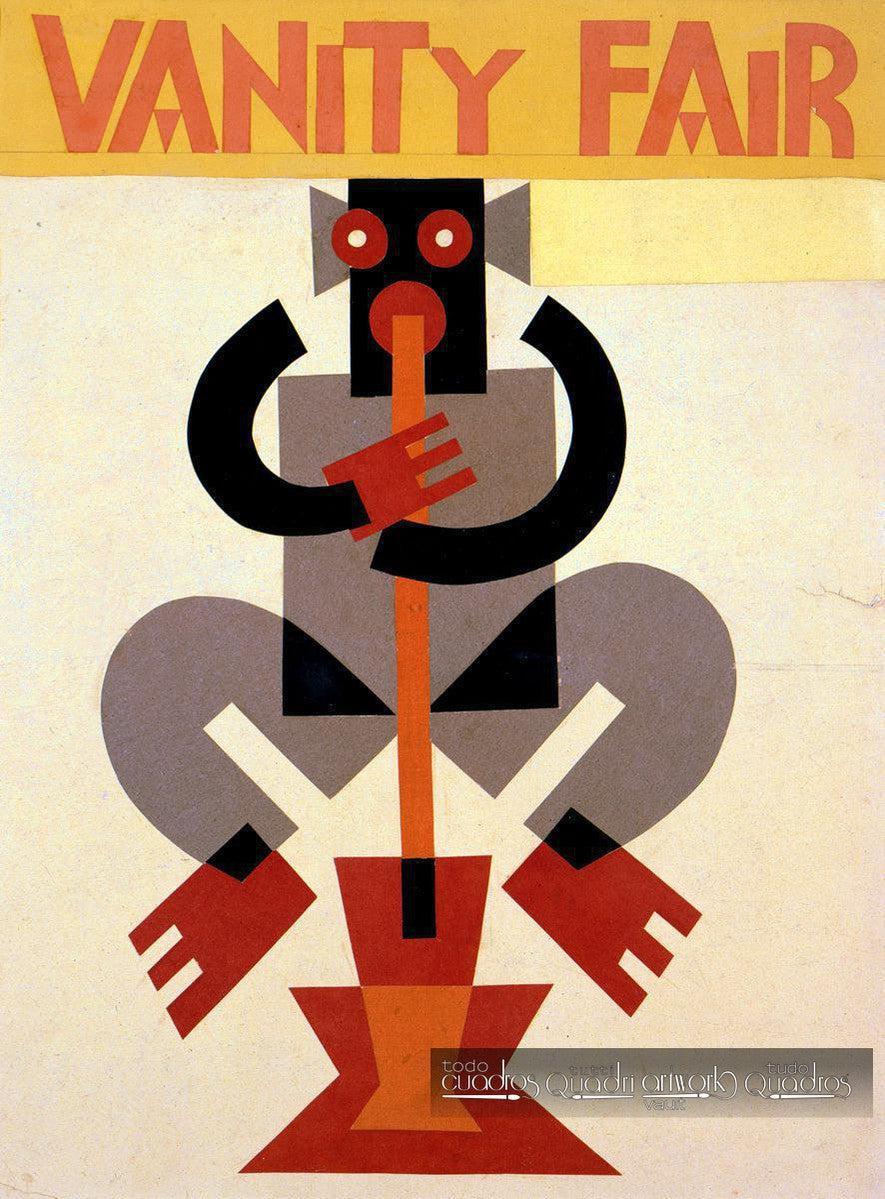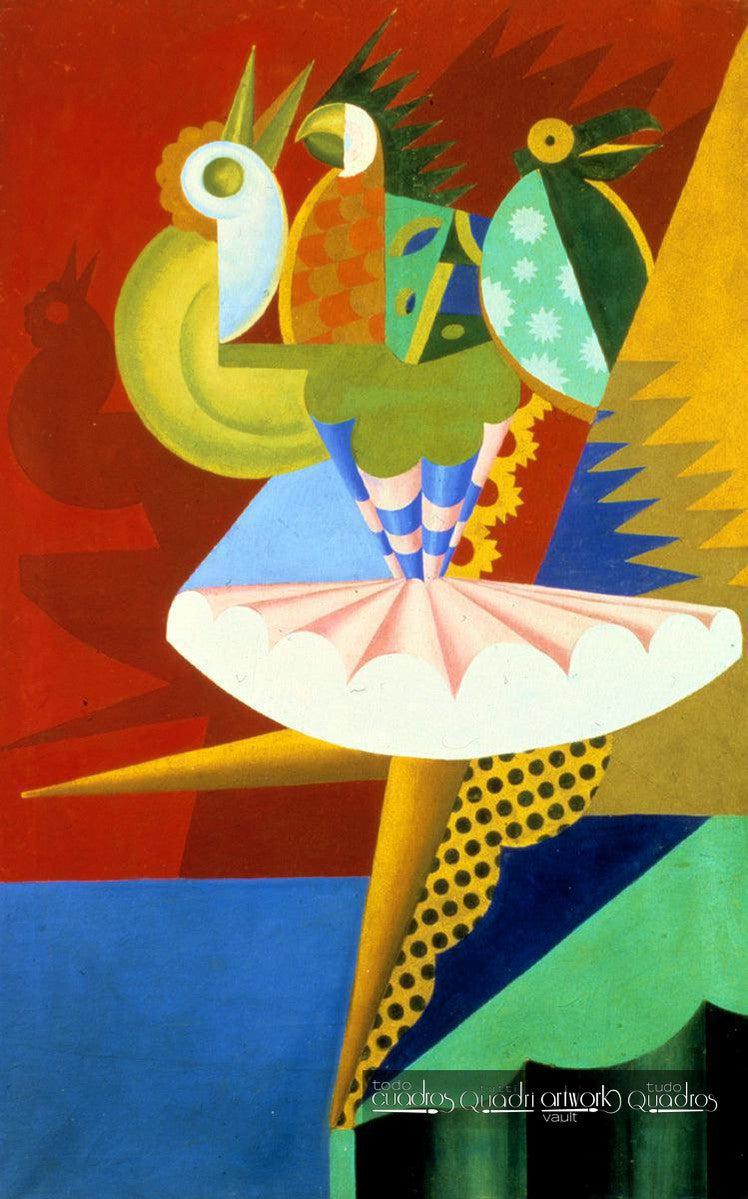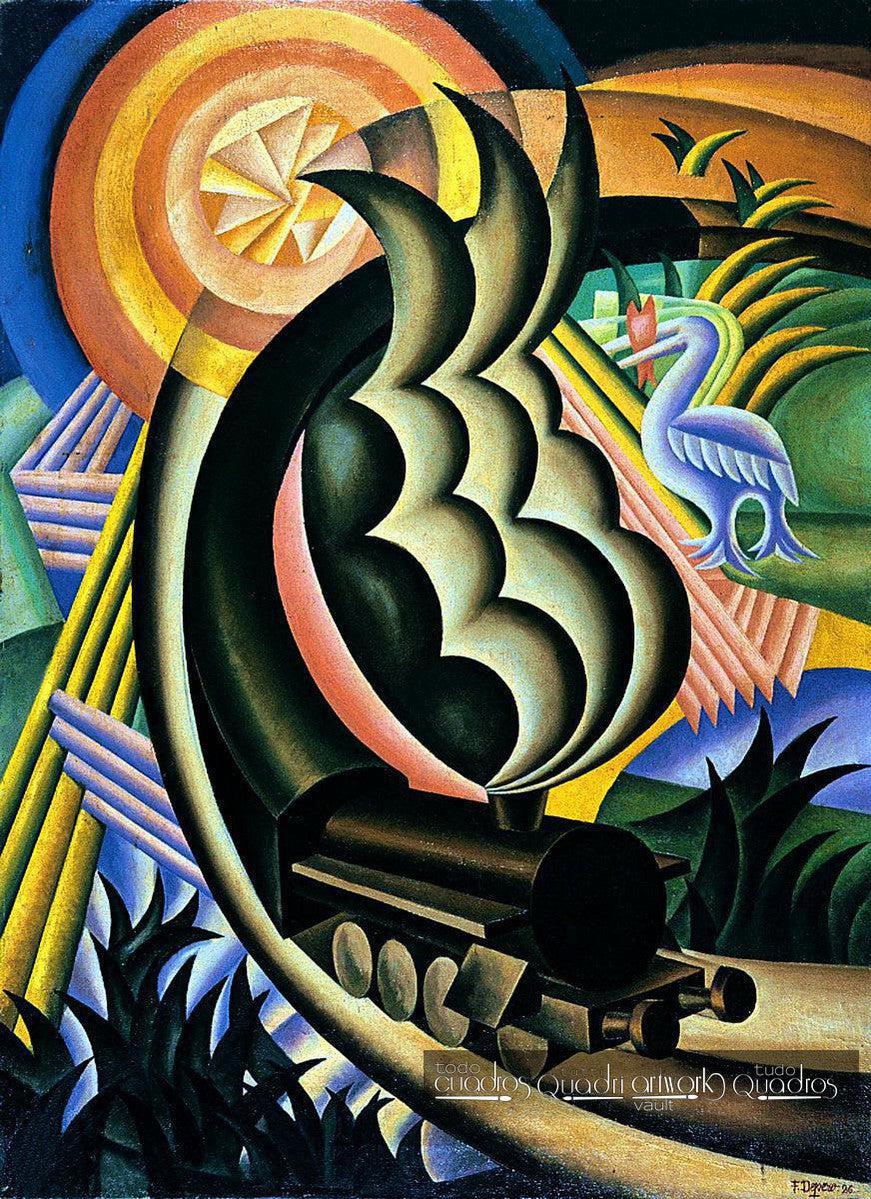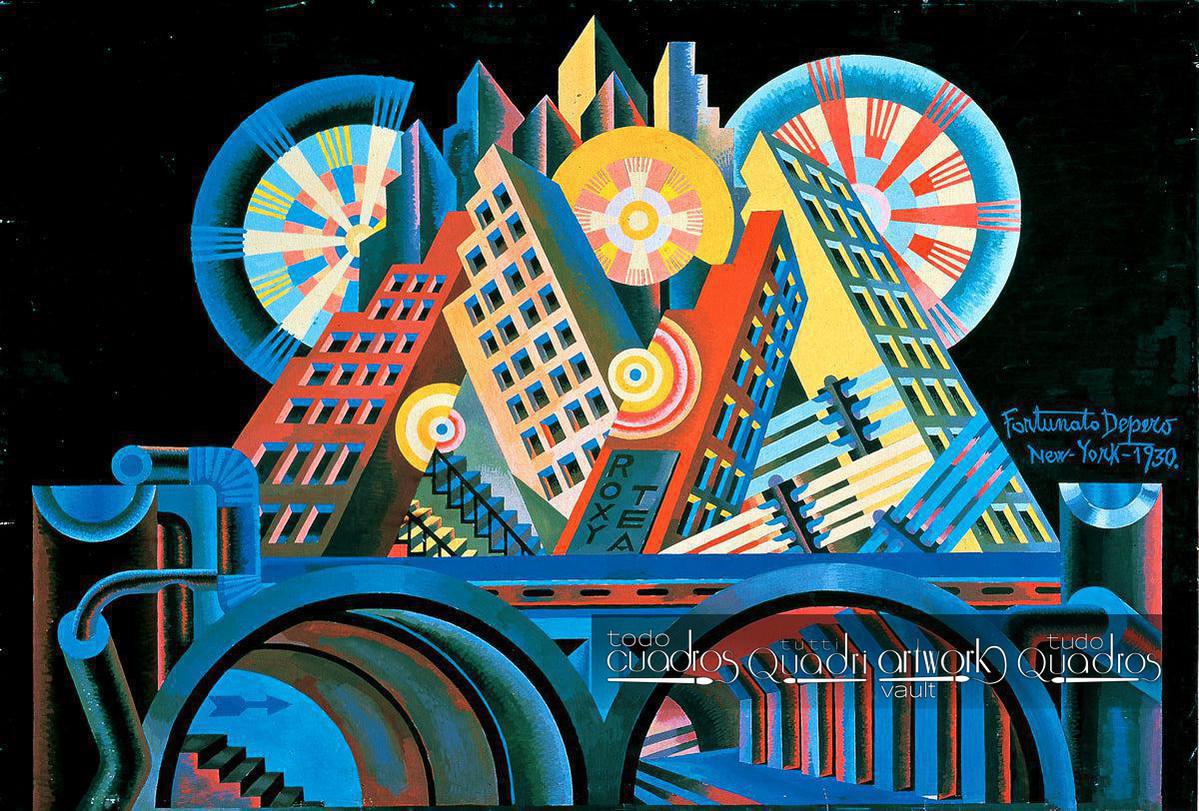Bitter Campari Soda
$219.00 USD
Visiones Simultáneas
$219.00 USD
The Drinker
$219.00 USD
Dynamism of a Human Body
$219.00 USD
Under the Pergola in Naples
$219.00 USD
States of Mind. The Farewells
$219.00 USD
Fight in the Gallery
$444.00 USD
La Strada enters the House
$219.00 USD
The Laugh
$219.00 USD
The City Rises
$219.00 USD
Dynamism of a Soccer Player
$219.00 USD
Charge of the Lancers
$219.00 USD
Vanity Fair
$219.00 USD
Rotation of Ballerina and Parrots
$219.00 USD
Mandorlato Vido
$219.00 USD
The Train
$219.00 USD
Skyscrapers and Tunnel
$219.00 USD
Construction of Woman with Yellow Flower
$219.00 USD
